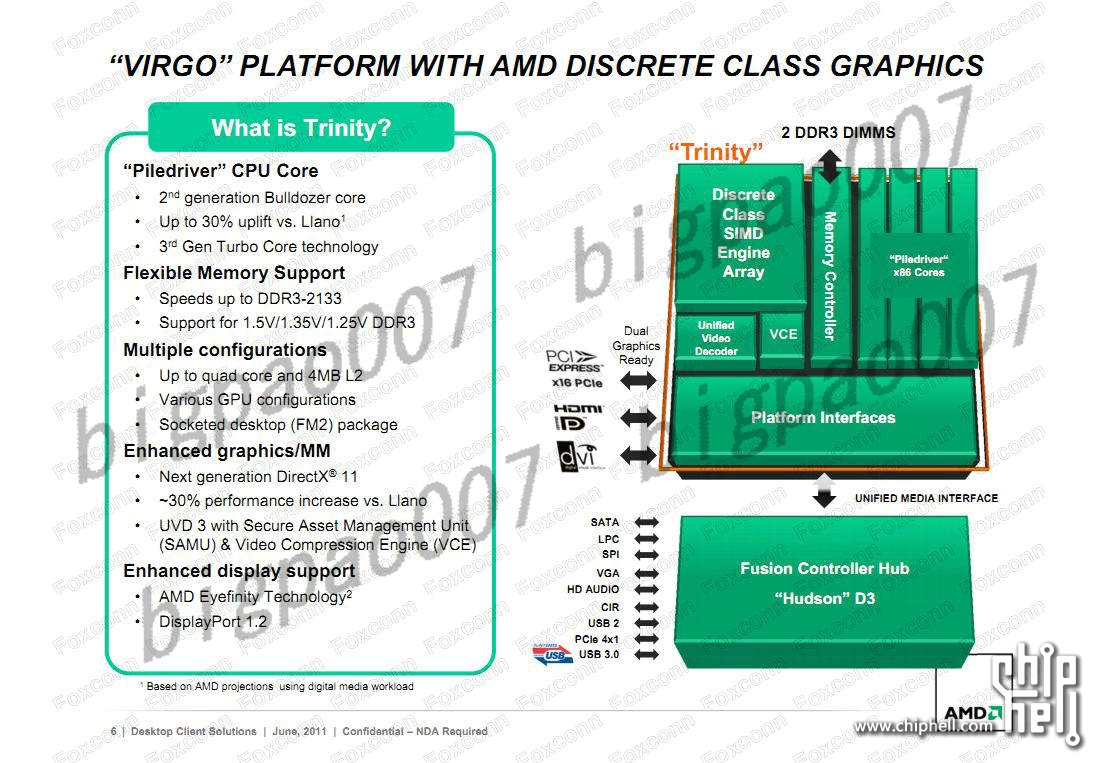Eric: You can get CPU bound, it's also a new architecture for us so there are other bottlenecks we're going to address over the coming months so it'll keep on getting better. The heuristics it's using are fundamentally different from our previous architecture, there are easier parts and there are parts that we're still working on. There's a lot, in fact we've got some games that have gone up 5-fold in performance since we started, from August to now, in drive changes to take advantage of the architecture. Probably another 2-3 months for us will really allow us to showcase the card. In one of the presentations you saw that performance changes, typically 15-40% - in this generation you'll see bigger numbers.
He expects a lot from driver improvements for this new architecture!
Yes, it's quite astonishing, really, to read the comments of some who have evidently forgotten that often it is the case, most especially with new architectures, that driver revisions dramatically improve performance and even image quality. Often with new architectures, dramatic improvements can be seen over the span of just the first few months. It seems common knowledge to me so I'm shocked that some people might be surprised by this information. I always much enjoy reading Eric's comments and can only hope that the pessimists among us will take the time to read them, too...



